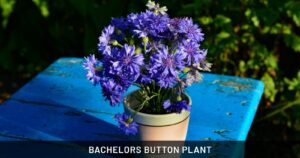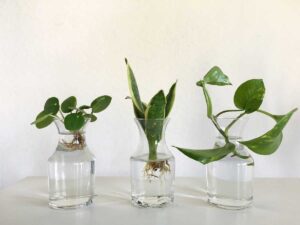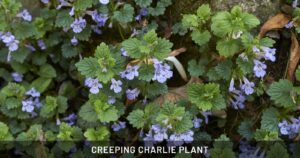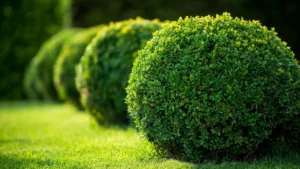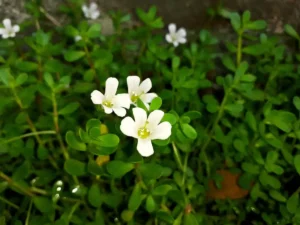Award-Winning Flowers to Plant: A Comprehensive Guide to Growing Champion Blooms in Your Garden
When it comes to creating a stunning garden, award-winning flowers offer unparalleled beauty, reliability, and performance. These exceptional plants have earned recognition from prestigious horticultural organizations through rigorous testing and evaluation. By incorporating these proven winners into your landscape, you can enjoy spectacular results while minimizing the guesswork often associated with gardening.
In this comprehensive guide, you’ll discover the most celebrated flowering plants for U.S. gardens, learn expert cultivation techniques, and gain insights into which award-winning varieties best suit your specific growing conditions. Whether you’re a novice gardener or a seasoned enthusiast, these distinguished flowers will elevate your outdoor space and reward you with breathtaking displays throughout the growing season.
Understanding Flower Awards and What They Mean
Before diving into specific varieties, it’s important to understand the significance of horticultural awards and how they can guide your plant selection process. Several prominent organizations evaluate and recognize outstanding plants through different award programs.
Major U.S. Flower Award Programs
The United States boasts several prestigious flower award programs that rigorously test and evaluate plants for their performance across diverse growing conditions. These awards serve as valuable indicators of exceptional quality and reliability.
All-America Selections (AAS)
Since 1932, All-America Selections has been identifying extraordinary flower and vegetable varieties through impartial trials conducted across North America. AAS winners undergo thorough testing for qualities such as disease resistance, bloom production, and overall garden performance. According to the National Garden Bureau, AAS winners typically demonstrate superior characteristics compared to existing varieties on the market.
The AAS evaluation process is particularly stringent, with entries judged against current market standards rather than competing against one another. This ensures that every AAS Winner truly represents an improvement over similar varieties. For more information on their testing methodology, visit the All-America Selections official website.
American Horticulture Society (AHS)
The American Horticultural Society recognizes outstanding plants through their Great American Gardeners Awards. These honors acknowledge exceptional contributions to American horticulture, including plant breeding and development of remarkable varieties. The AHS also provides valuable regional growing information through their Heat Zone Map, which can help you select appropriate plants for your specific climate conditions. Detailed resources are available on the American Horticultural Society website.
Perennial Plant Association (PPA)
Each year, the Perennial Plant Association names a “Perennial Plant of the Year,” highlighting outstanding perennial varieties that thrive across multiple climate zones with minimal maintenance. These selections typically exhibit excellent disease resistance, extended blooming periods, and adaptability to various growing conditions. The PPA’s recommendations are particularly valuable for gardeners seeking low-maintenance, long-lived plants. Learn more about their selection criteria at the Perennial Plant Association website.
Royal Horticultural Society (RHS) Award of Garden Merit
While based in the UK, the RHS Award of Garden Merit is internationally respected and many winning plants perform excellently in U.S. gardens as well. Plants earning this distinction have demonstrated outstanding performance in trials, excellent constitution, stability of form and color, good resistance to pests and diseases, and reasonable maintenance requirements. The USDA partners with RHS on various plant research initiatives, as documented on the USDA Agricultural Research Service website.
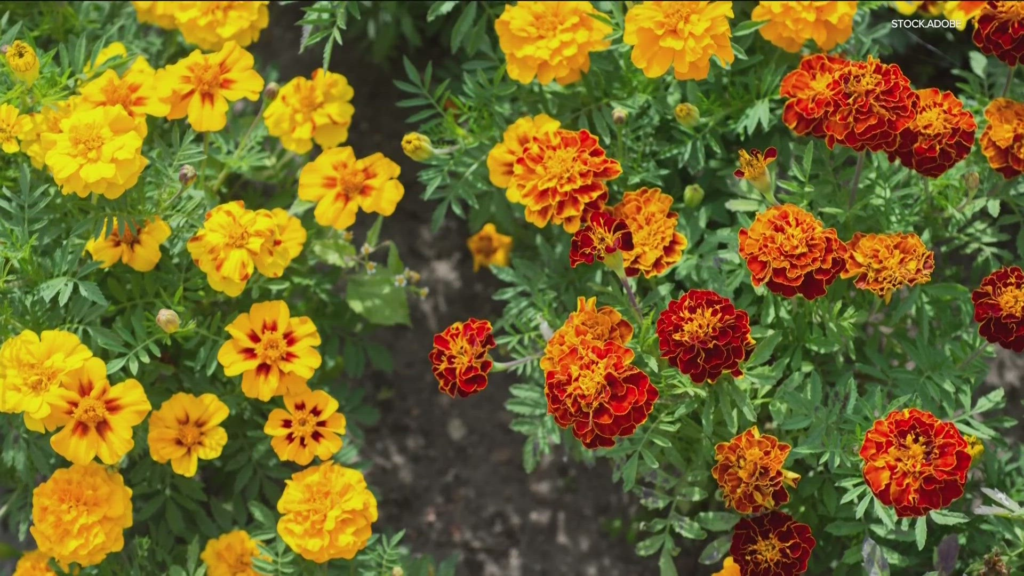
Why Award-Winning Varieties Matter
Choosing award-winning flowers for your garden offers several significant advantages:
- Proven Performance: These plants have demonstrated superior growth habits, disease resistance, and flowering capabilities across various growing conditions.
- Value for Money: While some award winners may have a higher initial cost, their reliability and performance typically deliver better long-term value.
- Reduced Maintenance: Many award-winning varieties are selected for their resilience and low maintenance requirements, saving you time and resources.
- Environmental Benefits: Plants recognized for disease resistance often require fewer pesticides and chemicals, supporting a more sustainable gardening approach.
- Increased Success Rate: For beginning gardeners, award winners provide a higher probability of success due to their proven adaptability and vigor.
Top Award-Winning Annual Flowers for U.S. Gardens
Annual flowers complete their life cycle in a single growing season, providing immediate impact and continuous blooms. The following award-winning annuals have demonstrated exceptional performance across U.S. growing conditions.
Top Award-Winning Rose Varieties for U.S. Gardens
| Rose Name | Award | Type | USDA Zones | Disease Resistance | Fragrance | Bloom Cycle |
|---|---|---|---|---|---|---|
| ‘Lady of Shalott’ | RHS Award of Garden Merit | David Austin (English) | 5-9 | Excellent | Strong, tea | Repeat |
| ‘Coral Knock Out’ | AARS Winner | Shrub | 5-9 | Excellent | Light | Continuous |
| ‘Savannah’ | ADR Gold Medal | Hybrid Tea | 6-9 | Excellent | Strong, fruity | Repeat |
| ‘At Last’ | ARS Award of Excellence | Floribunda | 5-9 | Excellent | Strong, honey | Continuous |
| ‘Oso Easy Double Red’ | Green Thumb Award | Landscape | 4-9 | Excellent | None | Continuous |
| ‘Sweet Drift’ | AARS Winner | Groundcover | 4-9 | Excellent | Moderate | Continuous |
| ‘Munstead Wood’ | RHS Award of Garden Merit | David Austin (English) | 5-9 | Good | Strong, old rose | Repeat |
| ‘Sunshine Daydream’ | AARS Winner | Grandiflora | 5-9 | Excellent | Light | Repeat |
| ‘Rainbow Happy Trails’ | ADR Gold Medal | Groundcover | 5-9 | Excellent | Moderate | Continuous |
| ‘Grace N’ Grit Pink BiColor’ | ARS Regional Choice Award | Shrub | 5-10 | Excellent | Moderate | Continuous |
Spotlight on Premier Annual Award Winners
Celosia ‘Dragon’s Breath’
This striking 2022 AAS Winner captivates with its vibrant red plumes that seem to glow in the garden. Beyond its visual appeal, ‘Dragon’s Breath’ demonstrates exceptional heat tolerance, making it an ideal choice for challenging summer conditions across the southern United States. The U.S. National Arboretum has featured this variety in their drought-tolerant demonstration gardens, confirming its resilience in demanding conditions.
Cultivation tips for optimal performance:
- Plant in well-draining soil after danger of frost has passed
- Provide consistent moisture until established, then reduce watering
- No deadheading required, making it a low-maintenance option
- Consider using as a dramatic focal point in containers or massed in borders
Zinnia ‘Profusion Red Yellow Bicolor’
As a 2021 AAS Gold Medal winner, this extraordinary zinnia represents the highest level of recognition, awarded only to truly breakthrough varieties. The flowers transition through a stunning color progression from red and yellow bicolor to soft coral tones, providing evolving interest throughout the season.
The ‘Profusion’ series has revolutionized zinnia growing with its exceptional disease resistance, particularly to powdery mildew that often plagues traditional zinnias. According to the USDA Plant Hardiness Zone Map, this versatile performer thrives across all growing zones when planted as an annual. The University of Florida extension service has documented its remarkable heat performance in southern climates.
When growing ‘Profusion Red Yellow Bicolor’:
- Direct sow after frost danger has passed or start indoors 4-6 weeks earlier
- Space plants 8-12 inches apart to promote good air circulation
- No deadheading necessary, though removing spent blooms can enhance appearance
- Excellent for pollinator gardens, providing nectar throughout the growing season
Petunia ‘Evening Scentsation’
This groundbreaking petunia earned its AAS Winner status in 2017 by combining gorgeous indigo blooms with an enchanting fragrance—a rare quality in modern petunias. The scent profile includes notes of hyacinth, sweet honey, and rose, intensifying in the evening hours. This characteristic makes ‘Evening Scentsation’ an excellent choice for outdoor living areas where you can enjoy both its beauty and fragrance.
For maximum performance with ‘Evening Scentsation’:
- Plant in full sun for optimal flowering, though it tolerates some afternoon shade
- Provide regular fertilization throughout the growing season
- Water when the top inch of soil feels dry
- Perfect for hanging baskets, window boxes, and containers where its cascading habit shines
Award-Winning Perennial Flowers for Long-Term Garden Impact
Perennial flowers return year after year, offering lasting value and reducing the need for annual replanting. These award-winning perennials combine beauty with exceptional garden performance.
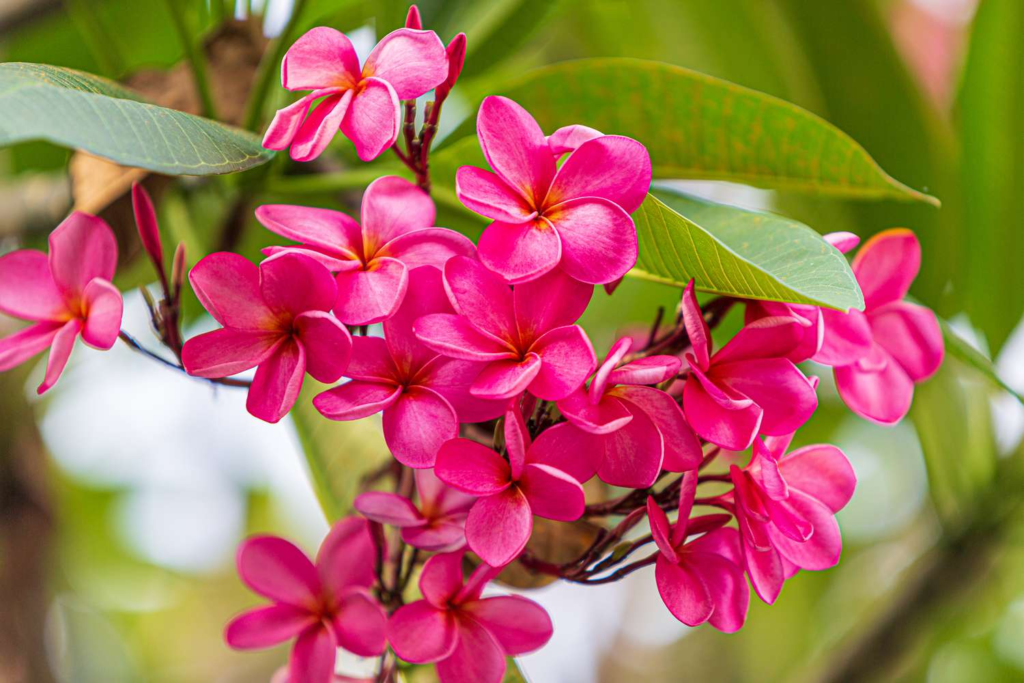
Spotlight on Premier Perennial Award Winners
Echinacea ‘Lovely Lolly’
Named the 2024 Perennial Plant of the Year by the Perennial Plant Association, ‘Lovely Lolly’ represents a breakthrough in coneflower breeding. This exceptional cultivar boasts vibrant magenta-pink flowers on sturdy stems that resist flopping—a common issue with older echinacea varieties.
Beyond its ornamental qualities, ‘Lovely Lolly’ provides important ecological benefits. The National Wildlife Federation has documented the significant role echinacea plays in supporting native pollinators, with each plant serving as habitat for dozens of beneficial insect species. The USDA Natural Resources Conservation Service recommends echinacea in their pollinator habitat guidelines, noting its value to native bee populations.
To successfully grow ‘Lovely Lolly’ in your garden:
- Select a site with well-draining soil and at least 6 hours of sun
- Allow space for proper air circulation (18-24 inches between plants)
- Water deeply but infrequently once established to promote drought tolerance
- Avoid excessive fertilization, which can lead to floppy growth
- Leave seedheads standing through winter to provide food for birds
Baptisia ‘Decadence Deluxe Pink Lemonade’
This American Horticultural Society award winner exemplifies the remarkable breeding advances in native perennials. ‘Pink Lemonade’ transforms throughout its blooming period, with flowers opening lemon-yellow and transitioning to raspberry-purple, creating a multicolored effect on each flowering stem.
As a native plant adaptation, baptisia features a deep taproot system that allows it to thrive during drought conditions once established. The USDA Plant Materials Program has highlighted baptisia species for their contribution to soil health through nitrogen fixation, making them valuable components in sustainable landscapes.
Important considerations for growing ‘Pink Lemonade’ baptisia:
- Plant in a permanent location as the deep root system makes transplanting difficult
- Expect minimal flowering in the first 2-3 years while the plant establishes
- No division required—plants can thrive for decades without disturbance
- Pair with later-blooming perennials to maintain seasonal interest after spring flowering
Nepeta ‘Cat’s Pajamas’
This 2021 AAS Winner addresses the most common complaint about catmints—their sprawling habit—by presenting a naturally compact form that blooms from soil to stem tips. ‘Cat’s Pajamas’ begins flowering 2-3 weeks earlier than other nepeta varieties, extending the season of indigo-blue blooms.
The drought tolerance of ‘Cat’s Pajamas’ has been documented by multiple university extension services, including Colorado State University, which lists it among their recommended water-wise plants. According to the EPA’s WaterSense program, selecting drought-tolerant perennials like nepeta can reduce landscape water consumption by 20-50%, highlighting its value in water-conscious gardening.
For optimal results with ‘Cat’s Pajamas’:
- Plant in lean, well-draining soil—rich soils can reduce flowering and cause floppiness
- Trim back by one-third after the first flush of blooms to promote a second flowering
- Consider mass planting for dramatic effect and pollinator support
- Excellent companion plant for roses, offering natural pest-repelling properties
Award-Winning Flowering Bulbs, Corms, and Tubers
Flowering bulbs provide exceptional garden value, often returning and multiplying for years with minimal care. These award-winning varieties offer reliable performance and extraordinary beauty.
Spotlight on Premier Flowering Bulb Award Winners
Allium ‘Millenium’
Named the 2018 Perennial Plant of the Year, Allium ‘Millenium’ demonstrates the growing recognition of ornamental onions as essential garden plants. This late-summer bloomer produces perfect spheres of rosy-purple flowers that emerge just as many other perennials begin to fade, providing crucial late-season interest and pollinator support.
Unlike spring-flowering alliums that go dormant after blooming, ‘Millenium’ maintains attractive blue-green foliage throughout the growing season. The National Pollinator Garden Network has identified this plant as a “pollinator magnet,” supporting numerous beneficial insect species during a critical seasonal gap.
The USDA Natural Resources Conservation Service recommends alliums as deer and rabbit-resistant options for areas with high herbivore pressure. Researchers from the USDA Agricultural Research Service have documented the pest-repelling properties of allium species, making them valuable companions for more vulnerable garden plants.
For best results with Allium ‘Millenium’:
- Plant in full sun to light shade in well-draining soil
- Space 12-15 inches apart to form impressive clumps over time
- Divide every 3-4 years in early spring to maintain vigor
- Combine with ornamental grasses for striking textural contrast
Dahlia ‘Mystic Illusion’
This RHS Award of Garden Merit winner revolutionized dahlia cultivation with its combination of near-black foliage and brilliant yellow single flowers. Unlike many dahlias that require staking, ‘Mystic Illusion’ maintains a naturally sturdy, upright habit.
The USDA Plant Hardiness Zone Map indicates that dahlias can be overwintered in the ground in zones 8-11, while gardeners in colder regions must lift and store the tubers. According to the American Dahlia Society, proper winter storage can result in a 200-400% increase in tuber production, creating opportunities for garden expansion or plant sharing.
When growing ‘Mystic Illusion’:
- Plant tubers after soil has warmed to at least 60°F
- Position in full sun for best flowering and foliage color
- Pinch young plants to promote branching and more flowers
- Deadhead regularly to extend the blooming season
- Lift tubers after first frost in zones 3-7 and store in a cool, dark location
Daffodil ‘Chromacolor’
This American Daffodil Society Wister Award winner represents exceptional garden performance and reliability across diverse growing conditions. ‘Chromacolor’ features oversized blooms with white petals surrounding a coral-pink cup that intensifies with age.
The USDA Forest Service has documented the value of early-blooming daffodils in providing crucial nectar sources for emerging pollinators. Additionally, all daffodils contain lycorine, a natural compound that makes them unpalatable to deer, rabbits, and other garden pests.
For spectacular daffodil displays:
- Plant bulbs in fall, approximately 6-8 weeks before ground freezing
- Position at a depth three times the bulb’s height
- Select sites with good drainage to prevent bulb rot
- Allow foliage to yellow naturally after flowering to replenish the bulb
- Divide clumps when flowering diminishes, typically every 7-10 years
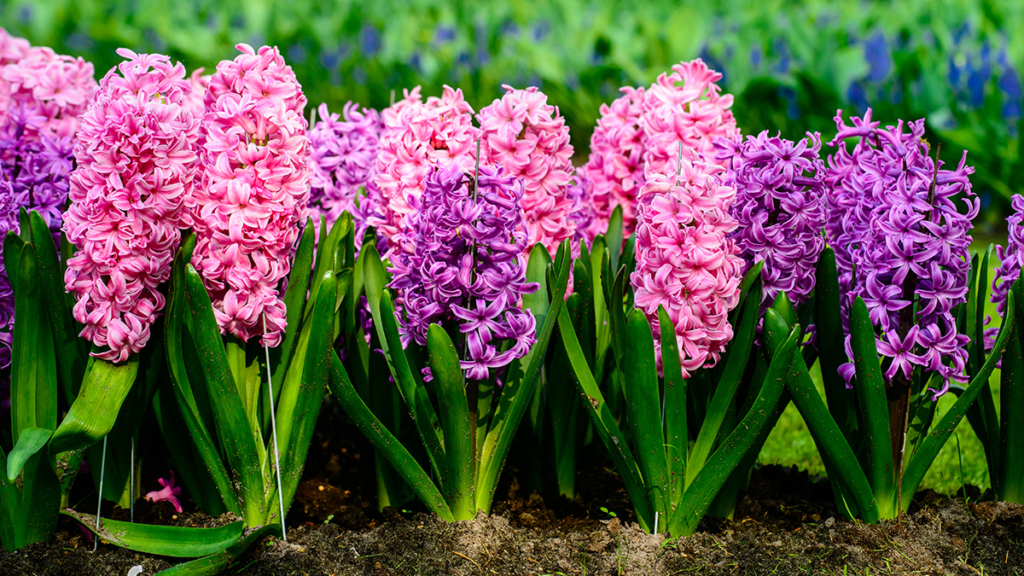
Award-Winning Roses for American Gardens
Roses hold a special place in American gardens, combining historical significance with modern breeding advancements. These award-winning varieties offer exceptional disease resistance and ease of care compared to traditional roses.
Spotlight on Premier Rose Award Winners
‘At Last’ Rose
This American Rose Society Award of Excellence winner represents the holy grail of rose breeding—combining the fragrance and form of traditional roses with the disease resistance and low maintenance of modern landscape roses. ‘At Last’ produces fully double, peachy-orange blooms with a rich honey and citrus fragrance.
According to the USDA Agricultural Research Service’s studies on rose genetics, modern disease-resistant varieties like ‘At Last’ can reduce the need for fungicide applications by up to 80% compared to traditional hybrid tea roses. The University of California Cooperative Extension has documented similar findings, noting that resistant varieties minimize black spot and powdery mildew even in challenging coastal conditions.
For success with ‘At Last’ rose:
- Plant in a location receiving at least 6 hours of direct sunlight
- Ensure good air circulation to further reduce disease pressure
- Prune in early spring, removing dead or crossing branches
- Apply rose-specific fertilizer according to package directions, typically beginning in spring
- Consider adding to herb gardens where its fragrance and culinary petals can be appreciated
‘Coral Knock Out’ Rose
As an All-America Rose Selection winner, ‘Coral Knock Out’ continues the revolutionary approach to low-maintenance roses pioneered by the Knock Out series. Its coral-orange, semi-double blooms appear in continuous waves from spring until frost without deadheading.
The USDA National Institute of Food and Agriculture has highlighted the Knock Out series for its contribution to sustainable landscaping, noting its minimal water requirements once established. Studies from the University of Georgia Extension Service have documented that Knock Out roses can thrive with up to 50% less water than traditional rose varieties after their establishment period.
When growing ‘Coral Knock Out’:
- Space plants 3-4 feet apart to allow for mature size and air circulation
- Apply 2-3 inches of mulch to conserve moisture and suppress weeds
- Perform a single annual pruning in early spring, reducing height by one-third
- Consider mass planting for dramatic landscape impact with minimal care requirements
‘Lady of Shalott’ Rose
This RHS Award of Garden Merit winner exemplifies the David Austin English Roses, which combine the form and fragrance of old garden roses with the disease resistance and repeat flowering of modern varieties. ‘Lady of Shalott’ produces chalice-shaped blooms in rich apricot tones with a warm tea and apple fragrance.
The American Rose Society’s climate zone research indicates that Austin roses perform exceptionally well across diverse U.S. growing conditions, from the coastal Northwest to the humid Southeast. The USDA Climate Hubs program has included roses like ‘Lady of Shalott’ in their climate-adaptive planting recommendations due to their resilience in changing conditions.
For optimal performance with ‘Lady of Shalott’:
- Allow ample space (4-5 feet) for full development of the arching habit
- Apply compost annually in spring to support vigorous growth
- Provide deep, infrequent watering rather than frequent shallow irrigation
- Prune in early spring, removing approximately one-third of the oldest canes
- Consider companion planting with catmint or lavender for pest management and aesthetic harmony
Creating Award-Winning Combinations: Design Principles for Spectacular Gardens
Incorporating award-winning flowers into cohesive garden designs requires understanding how these plants interact with each other and their environment. By applying fundamental design principles, you can create stunning landscapes that showcase these exceptional plants to their best advantage.
Layering for Season-Long Interest
One of the most effective design strategies involves combining plants with different bloom times to ensure continuous garden interest. Consider this layering approach:
- Spring Layer: Begin with award-winning spring bulbs like Tulip ‘Flaming Baltic’ and Daffodil ‘Chromacolor’
- Early Summer Layer: Add perennials that emerge as bulb foliage fades, such as Baptisia ‘Decadence Deluxe Pink Lemonade’ and Salvia ‘Crystal Blue’
- Summer Layer: Incorporate peak summer performers like Echinacea ‘Lovely Lolly’ and Rudbeckia ‘American Gold Rush’
- Late Summer to Fall Layer: Complete the season with late bloomers such as Allium ‘Millenium’ and ornamental grasses
The USDA Forest Service’s Urban Tree Canopy research has documented that thoughtfully planned layered gardens not only provide aesthetic benefits but also support more diverse wildlife populations and improve stormwater management compared to traditional landscaping.
Color Theory in Award-Winning Gardens
Understanding color relationships can dramatically enhance the impact of your award-winning plant selections:
- Harmonious Combinations: Create peaceful, cohesive plantings using colors adjacent on the color wheel, such as Echinacea ‘Lovely Lolly’ (magenta) with Salvia ‘Crystal Blue’ (blue)
- Dynamic Contrasts: Generate excitement with complementary colors (opposite on the color wheel), such as Zinnia ‘Profusion Red Yellow Bicolor’ with Nepeta ‘Cat’s Pajamas’
- Monochromatic Schemes: Develop sophisticated designs using variations of a single color, such as graduating shades of pink with ‘At Last’ rose, Baptisia ‘Pink Lemonade’, and Echinacea ‘Lovely Lolly’
The National Garden Bureau’s research on garden color psychology indicates that blue and purple flowering plants tend to create feelings of tranquility, while red and orange cultivars generate excitement and energy. Consider these effects when designing gardens for specific purposes.
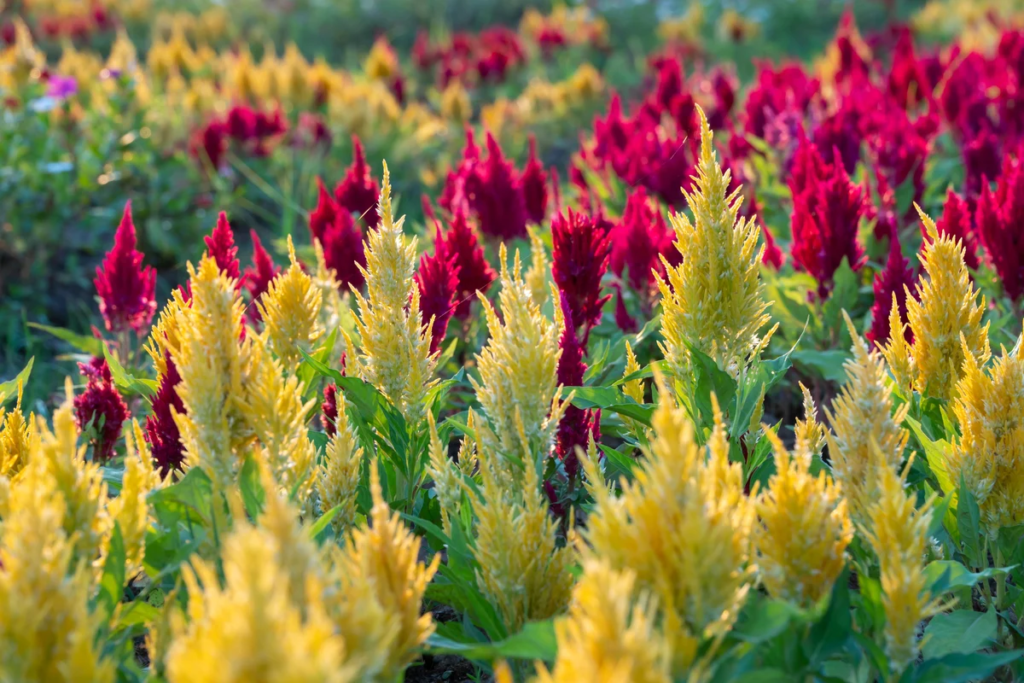
Sustainable Design with Award Winners
Many award-winning varieties are recognized for qualities that support sustainable gardening practices:
- Water Conservation: Group plants with similar moisture needs, placing drought-tolerant winners like Nepeta ‘Cat’s Pajamas’ and ‘Coral Knock Out’ rose together
- Reduced Chemical Inputs: Utilize naturally disease-resistant varieties like Rudbeckia ‘American Gold Rush’ and ‘At Last’ rose to minimize fungicide requirements
- Pollinator Support: Create dedicated habitat with award winners known for pollinator value, including Allium ‘Millenium’, Echinacea ‘Lovely Lolly’, and single-flowered dahlias
- Native Adaptations: Incorporate award-winning native adaptations like Baptisia and Echinacea that support local ecosystems while providing exceptional ornamental value
According to the EPA’s GreenScapes program, sustainable landscapes featuring appropriate plant selections can reduce outdoor water use by 20-50%, decrease maintenance time by 50%, and eliminate or significantly reduce chemical inputs. The USDA Natural Resources Conservation Service offers regional plant guides for sustainable landscaping through their Plant Materials Program website.
The Economics of Award-Winning Flowers: Market Trends and Value Proposition
Understanding the economic aspects of award-winning plants can help you make informed decisions about your garden investments. The U.S. market for horticultural products continues to evolve, with several notable trends related to award-winning varieties.
U.S. Market Trends for Premium Plant Varieties
The American horticultural market has experienced significant growth in the premium plant segment, with several factors driving consumer interest in award-winning varieties:
- Shifting Demographics: According to the National Gardening Association’s annual survey, millennials now represent the fastest-growing segment of gardening consumers, with particular interest in high-performance, low-maintenance plants—precisely the qualities emphasized in horticultural awards.
- Return on Investment Focus: The USDA Economic Research Service reports that homeowners increasingly view landscaping as an investment, with professionally designed gardens featuring premium plants providing an estimated 150-175% return on investment at home sale.
- Container and Small-Space Gardening: The American Society for Horticultural Science has documented a 43% increase in container gardening over the past decade, driving demand for compact award winners specifically bred for small-space performance.
- Online and Direct-to-Consumer Sales: According to USDA Agricultural Marketing Service data, online plant sales have grown by over 30% annually since 2020, with award-winning varieties frequently featured as premium offerings in direct-to-consumer channels.
Value Considerations When Purchasing Award-Winning Plants
While award-winning varieties often carry premium price tags, several factors contribute to their long-term value:
- Establishment Success Rate: University trials consistently show higher establishment success rates for award-winning varieties compared to unproven alternatives, reducing replacement costs.
- Longevity in the Landscape: Many perennial award winners demonstrate exceptional longevity, with varieties like Baptisia ‘Pink Lemonade’ performing for 20+ years without division or replacement.
- Reduced Input Costs: Disease-resistant winners like ‘Coral Knock Out’ rose and Rudbeckia ‘American Gold Rush’ minimize or eliminate the need for fungicide applications, generating ongoing savings.
- Propagation Potential: Many award-winning perennials and bulbs multiply naturally, providing opportunities for garden expansion or plant sharing without additional purchases.
According to the USDA National Agricultural Statistics Service’s Floriculture Crops report, consumers spent an average of 12-18% more on award-winning varieties in 2023 compared to similar non-awarded plants, indicating a willingness to pay for proven performance.
Cultural Requirements and Maintenance Best Practices
Even the most decorated plants require appropriate care to reach their full potential. Understanding the specific needs of award-winning varieties will help you achieve optimal results in your garden.

